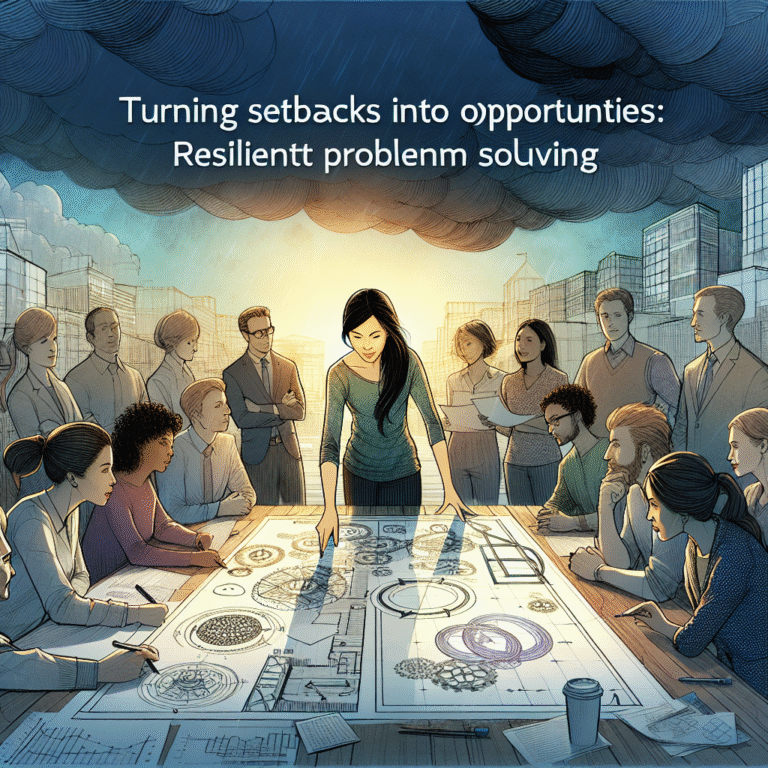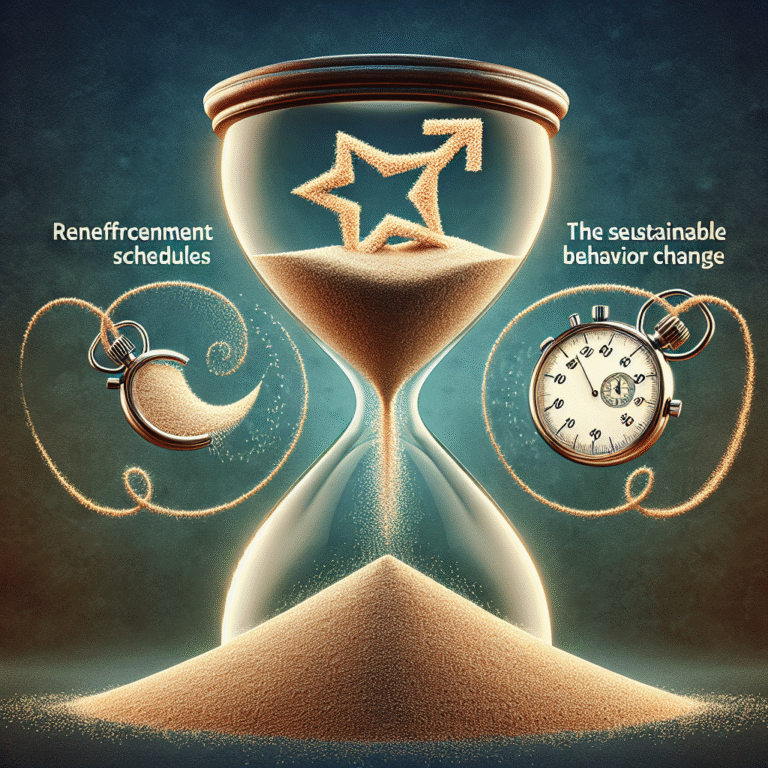
Introduction
When it comes to making informed decisions in fields like science, healthcare, economics, and social sciences, the concept of statistical significance often plays a pivotal role. Yet, interpreting statistical significance is fraught with complexities that can lead to misunderstandings and misapplications. This guide will explore the 5 Common Pitfalls in Interpreting Statistical Significance, providing insights that are crucial for researchers, practitioners, and enthusiasts alike.
Statistics shape our understanding of the world, but the interpretations we glean from data can sometimes be misleading. Misinterpretation can not only skew results but also cause harm in decision-making, policy formulation, and scientific credibility. Whether you’re a seasoned statistician or a novice, recognizing these pitfalls can lead to more accurate interpretations and better outcomes.
1. Overreliance on p-Values
Understanding p-Values
The p-value is a commonly used metric to assess the strength of evidence against the null hypothesis. While a p-value less than 0.05 traditionally indicates statistical significance, an overreliance on this number can lead to misinterpretations.
Case Study: The Medical Trial Misstep
Consider a clinical trial for a new medication aimed at reducing blood pressure. Researchers found a p-value of 0.03 when comparing the treatment group to the placebo. Though statistically significant, further investigation revealed that the effect size (the actual difference in blood pressure reduction) was minimal and not clinically relevant. Here, a focus on the p-value led to the premature endorsement of a treatment that offered little real-world benefit.
Analysis
This case underscores the importance of examining effect sizes and confidence intervals alongside p-values. Researchers must dig deeper than the threshold number to understand the practical implications of their findings.
2. Ignoring Effect Size and Practical Significance
What is Effect Size?
While statistical significance tells you whether an effect exists, effect size quantifies the magnitude of that effect. Ignoring effect size can lead you to accept findings that are statistically but not practically significant.
Case Study: Educational Interventions
In a study evaluating the impact of a new teaching method, educators reported statistically significant improvements in student performance (p < 0.05). However, the effect size was merely 0.1, indicating that the new method only marginally improved grades. As a result, the school district chose to implement the method across all classrooms based on statistical significance alone, wasting valuable resources without yielding meaningful educational advancements.
Analysis
The educational case illustrates a critical takeaway: when making decisions based on statistical findings, effect size should always accompany p-values. This dual focus leads to informed, judicious decision-making.
3. Misinterpreting Correlation as Causation
The Correlation-Causation Fallacy
Just because two variables are statistically significant does not mean one causes the other. The phrase "correlation does not imply causation" cannot be emphasized enough.
Case Study: Obesity and Ice Cream Sales
Imagine a study that finds a significant correlation between ice cream sales and obesity rates during summer months. Some may hastily conclude that increased ice cream consumption causes obesity. A deeper look reveals that both factors rise due to warmer weather—people are more likely to buy ice cream and also tend to consume more high-calorie foods, contributing to obesity.
Analysis
This example emphasizes the necessity for researchers to employ caution and critical thinking, ensuring they do not infer causation from mere correlations. Additional study designs, such as longitudinal or experimental research, are essential to establish causal relationships.
4. Lack of Replicability
The Replication Crisis
The importance of replicability cannot be overstated. A single statistically significant study does not carry weight if subsequent attempts to replicate the findings yield varying or non-significant results.
Case Study: Psychology’s Challenges
Psychological research has faced scrutiny in recent years due to infamous cases where initial studies demonstrating significant results failed to replicate. Take the example of the effect of a positive mood on creativity. Initial findings were promising, but numerous replication attempts did not support the effect, raising questions about the reliability of the original results.
Analysis
This awareness reinforces the necessity for researchers to engage in robust methodologies and emphasize studies that can be replicated. The credibility of scientific findings strengthens when supported by multiple studies producing similar results, cementing their significance.
5. Data Dredging and P-Hacking
What is P-Hacking?
P-hacking, or data dredging, involves manipulating data to find statistically significant results. Researchers may conduct excessive tests until they uncover something that appears significant, leading to questionable validity in findings.
Case Study: The Diet Study Fiasco
A researcher experimenting with various dietary interventions found a significant effect when comparing two different diets based on random subgroup analyses. After running numerous tests without pre-specifying one primary hypothesis, the researcher presented this "finding" as groundbreaking. However, subsequent studies failed to replicate the supposed success.
Analysis
This case offers a clear warning against p-hacking. Researchers should pre-register their hypotheses and adhere to stringent testing standards to minimize the risks of finding false positives.
Summary
The 5 Common Pitfalls in Interpreting Statistical Significance outlined in this guide underscore a significant opportunity for improvement in research practices. By addressing these misinterpretations, researchers can enhance their credibility and contribute more effectively to their respective fields.
- Avoid overreliance on p-values; consider effect sizes.
- Recognize practical significance alongside statistical significance.
- Separate correlation from causation to avoid misleading conclusions.
- Prioritize replicability as a cornerstone of robust scientific findings.
- Steer clear of p-hacking, practicing transparency in data analysis.
As a reader, you are now better equipped to critically assess studies and their implications, thereby making informed decisions based on complex statistical analyses.
Actionable Insights
- Engage in Further Learning: Pursue courses or resources on statistical methodologies to deepen your understanding.
- Discuss Findings with Peers: Collaborate and debate statistical interpretations in your professional community to foster a culture of critical thinking.
- Practice Critical Analysis: Don’t just accept findings at face value. Analyze methodology, context, and implications before drawing conclusions.
FAQs
1. What does it mean if a p-value is less than 0.05?
A p-value under 0.05 generally indicates statistical significance, meaning there is less than a 5% chance the observed results are due to random chance. However, this does not confirm the practical importance or clinical relevance.
2. Why are effect sizes important?
Effect sizes provide context to p-values by quantifying the magnitude of a statistical effect, helping researchers and practitioners understand if the results are meaningful in real-world scenarios.
3. How can I avoid the p-hacking pitfall?
Pre-register your hypotheses and study designs before conducting research. Use transparent methodologies and be mindful not to manipulate data to achieve significant results.
4. Can correlation studies be useful?
Yes, correlation studies can be valuable for generating hypotheses, but they should not be used to establish causation without further investigation.
5. What is the importance of replicability in research?
Replicability reinforces the validity of research findings. Studies that can be replicated consistently lend credibility and confidence to the initial results, affirming their significance in scientific discourse.
By avoiding these pitfalls and emphasizing rigorous analysis, you can navigate the nuanced landscape of statistical significance with greater confidence and skill.














